Fan of manga and intrigued by the Tengu history? Do you want to know know more about the Tengu demon folklore and mythology the origins of this famous demon of the Japanese culture go back to?
You are on the right page!
Shinto religion has many stories involving Japanese spirits, vengeful ghosts supernatural creatures, Japanese gods, (Amaterasu goddess, Susanoo for example) and demons called oni or yokai. And of all the yokai, the tengu may seem the most familiar to a modern Westerner as it is so prevalent through movies and manga in particular.
The tengu is a supernatural being, endowed with great magical powers. He is part of Japanese folklore. He embodies the reincarnation of a proud and arrogant spirit. The tengu are renowned swordsmen. They are said to have taught the military arts to the hero Minamoto no Yoshitsune and live in the trees of mountainous regions.
The tengu is not a comic book creation, this mythical crhas a long history and deep ties to Japanese culture and religion.
Let's delve into the past to understand where he came from.
Tengu Appareance
 Tengu illustration credit: Akimoto Hiroki
Tengu illustration credit: Akimoto Hiroki
Tengu (天狗, "heavenly dog") are mountain and forest goblins, a type of legendary creature found in Japanese folklore and are also considered a type of Shinto god (kami) or yōkai (supernatural beings).
Although in literal translation their kanji derives their name from a Chinese dog-like demon (Tiangou), they were in no way shaped like one. As we will see later, tengu were originally meant to take the form of birds of prey, and they are traditionally depicted with both human and avian characteristics.
The first mythical creatures were depicted with beaks, but this feature was often humanized in the form of an abnormally long nose. Today, this appearance is widely regarded as the form of the tengu most prevalent in the popular imagination.
Tibetan Buddhism has long considered tengu to be disruptive demons and harbingers of war. Their image, however, has gradually softened to that of protective, though still dangerous, spirits of the mountains and forests.
The tengu are associated with an austere lifestyle, the opposite of the epicureanism known as Shugendō. They are usually depicted in the distinctive garb of its followers, the yamabushi (who are mountain-dwelling ascetics).
Now have a look to the different Tengu apparence this Japanese demon has...

Although much more represented with a red face and a long nose, you may be surprised to learn that there are two different types of tengu. And the one that appeared first is considered inferior to the new yokai.
Daitengu: half demon, half human
The Great Tengu or daitengu 大天狗だいてんぐ is a towering half-human deity whose characteristics are his red complexion, long nose and large wings.
In this day and age, when we mention "tengu", this is who we are referring to. They live in the mountains and some of their powers, such as possession, are also the prerogative of other Yokai.
However, their singular skills are wind control, swordsmanship, and flight.
The monstrous daitengu often kidnap humans to torment them, but sometimes they do so to teach them magic. Surprisingly, in some cases, it is the humans themselves who decide to seek out the daitengu to learn their secrets, but usually they regret it.
Other than the red face, long nose, robes, and wings, the daitengu can be depicted holding a large fan that they use to raise storms. They are said to cause wars and natural disasters.
Because of their prideful nature and penchant for chaos, it is ironic that several authors have drawn connections between the daitengu and human civilization.
Kotengu: the Japanese raven demon
The other type is the first tengu that came before the daitengu. It is called kotengu 小天狗こてんぐ (small tengu) or karasutengu 烏天狗からすてんぐ. Karasu means raven, but these tengu can also take the form of raptors.
They sometimes wear monk's robes, but are mostly much more animalistic than the daitengu, both in appearance and behavior. While the latter plan to disrupt society and interfere with religion, the kotengu act on a smaller scale.
But this modesty in actions does not suppress their savagery, and they can eat humans.
Nowadays, the kotengu are sometimes considered the servants of the daitengu, but this was not always the case. The kotengu is actually the original version of the tengu. In short, initially there was only one type of tengu and it looked like a bird. They later became more human with the beak turning into a long nose.
But even though the new human-shaped tengu appeared, the old image of the bird remained and in the modern era there are now two types of tengu left. Although the kotengu is the original, it is now less important and less represented in the most interesting stories.
You are now familiar with the two types of tengu deities. For all that, they are not all demons in the form of characters. There are other types of Tengu that are more like phenomena, such as the tengu daoshi, tengubi or tengu tsubute.
Tengu Origins and History

Early tengu stories share many characteristics with other yokai tales. In the 9th and 10th centuries, demons living in the mountains play tricks, cause mischief, and do what yokai usually do: they lure people into the woods with music, throw rocks at homes, and make stealthy appearances like will-o'-the-wisps.
Anecdote: An author once said of them "everything strange and mysterious comes from the tengu." They would, for example, take possession of people who could not write and the latter suddenly began to write in kanji!
The tengu was a weak Japanese deity
It was not yet the powerful deity we know today. In early tales, tengu were easy to defeat. Among the stories that emphasize their transformative powers, a Buddha is said to have appeared in a tree surrounded by bright light and a shower of flowers.
This surprised a minister, who eventually suspected something was amiss. He decided to sit and stare at it for an hour. Eventually, the power of the tengu demon would fade, turning him into a kestrel before he fell from the tree, his wings broken.
Such were the kinds of mischief the tengu could commit, while not being outright threatening since it could be as simple as staring at them to defeat them.
This story shows how this yokai developed differently from the others with their connection to Buddhism. The Tengu came to play a special role as enemies of the faith.
Eleventh and twelfth centuries: Tengu legends
 Credit Artist Balou Patrick
Credit Artist Balou Patrick
In the 11th century, many tengu legends developed and were collected in 31 volumes called Konjaku Monogatari (only 28 volumes still exist). In these stories, they are seen transforming into Buddha to deceive the monks.
The abduction of Buddhist priests was already one of their favorite tricks, as was trying to trick them into acquiring the power of the tengu instead of taking the true path to enlightenment. Which must have been tempting for these monks, as the supernatural powers of the yokai worked really well.
The Tengu turn away from Buddhist practice
In another story, a yamabushi mountain priest heals a sick emperor, but the emperor's resident priests become suspicious and begin to question him. Collapsing to the ground, the yamabushiwill ask for forgiveness and eventually confess:
"All these years I have worshipped the tengu and begged them to make me famous! But it was a terrible mistake!"
Why this sudden turnaround when yokai powers like tengu are truly effective? Learning the Tengu powers and skills does not lead to enlightenment, even though they have saved the Japanese emperor live.
It was probably a matter of principle. The assumption being that a Buddhist priest cannot want glory and praise for healing a powerful person. No, the Buddhist monk must remain focused on the quest for his spiritual awakening.
Considered the patron saint of the martial arts, the mythic tengu is a mischief-maker, especially with Buddhist priests. In the past, they also inflicted their punishments on vain and arrogant samurai warriors. They dislike boasters and those who corrupt the Dharma (Buddhist law).
The ambitious Tengu and demonization
 Image credit: Finnstark Anato
Image credit: Finnstark Anato
Propaganda was already in full swing with the conflicting Buddhist sects calling the other sect "tengu" to demonize it and imply that its teachings were dangerous or demonic.
In the 12th century, the idea that bad priests became tengu after their death gained momentum.
As time went on, the tengu were no longer content to attack ordinary people and Buddhist priests. They become more ambitious while developing a form of vice.
One story says that an emperor who became blind had flashes of vision from time to time. A tengu (who was the ghost of a priest) appeared to explain to him:
"I am mounted on the emperor's neck and my wings cover his eyes. When I flap my wings, he can see a little bit."
The emperor will not grasp the irony of the situation by not understanding that it was about him, but instead will think that his flashes of vision were sending him a message.
The representation of the Japanese god Tengu before the Edo period
It is important to remember that most of the yokai images we have today only date back to the Edo period. Initially, most of them were originally strange phenomena and were only personified and visualized later.
In the oldest stories, there are few references to the appearance of the tengu. More often than not, they were even invisible.
There is also a great similarity between the image of kotengu and that of Garuda, a divine bird of Buddhism and Hinduism. It seems likely, then, though impossible to verify, that the image of the tengu developed from an influence coming from Chinese Buddhism and was associated with a folk demon that already existed.
Thirteenth to the eighteenth: Tengu warrior
 Credit illustration: Winifred Lautrec and Corpuz Josh
Credit illustration: Winifred Lautrec and Corpuz Josh
In the 13th century, tengu began to appear in the form of yamabushi, the ascetic priests of the mountains. Some of the clothing worn by the tengu that is depicted today is based on the clothing traditionally worn by the yamabushi. But unlike these humble hermits, the tengu want to be worshipped by humans.
It was during this time that the tengu began to gain their reputation in the martial arts mastery. Notably, the story that the samurai Japanese samurai warrior Minamoto Yoshitsune.
This Japanese warrior learned his famous swordplay from Soujoubou, the Tengu king !
It was also at this time that the tengu began to abduct children, an important feature of their tales.
Daitengu: humanoid creatures tengu

Tengu begin to look more like humans around the 14th century, when the long-nosed version makes its appearance.
Evolution certainly occurred in this way: they started out as birds of prey, then as bird-headed men, who then had a bird beak, and finally the beak turned into a long nose.
Images of the other type of tengu (the kotengu) did not disappear, however, leading to the modern idea that there are two kinds, the more human tengu being superior.
As they became more human, stories of individuals named tengu living on certain mountains began to emerge. Furthermore, these "tengu individuals" could be good or evil.
They no longer focused on Buddhism and their goals became ever more ambitious; they now wanted to disturb human society in general, including causing wars.
From the 17ᵉ century onward, stories begin to describe the tengu as possessing great physical strength.
Nineteenth century: modern Tengu
 Credit illustration Manzanedo Antonio
Credit illustration Manzanedo Antonio
The closer we get to the modern era, the more familiar the stories seem. By the 19ᵉ century, the stories assume an upsurge in robberies and kidnappings that are distinctive features between the tengu and other yokai.
Tales speak of people being abducted by tengu falling from the sky! In a story from 1810, a naked man said he fell from the sky in Asakusa. He explained that he had left Kyoto two days earlier for a pilgrimage and that he had been abducted by a tengu.
There are also stories in which a priest suddenly transforms into a tengu, grows wings and flies away. It is said that tengu control rain, wind and thunder. They are able to cause Dantean storms when angry and can create whirlwinds that carry people into the air.
There are bad tengu and good tengu (fortunately!)
As the saying goes, "to something, bad is good," and he proves it to us once again with stories in which tengu are good or have become good by appeasing their anger.
They are considered the guardians of the forests in which they live and loggers are said to appease them by cutting down trees and offering them rice cakes or fish.
There is also a story of a monastery whose garden was always clean and well-tended, even though no one cared for it. All the doors and gates were left open, which attracted thieves who entered, but could not find the exit, remaining locked up forever. All of this, thanks to a protective tengu.
As you can see, the history of tengu is eventful and was also the cause of great upheaval. As when Minamoto no Yoshitsune follows the martial teaching of Soujoubou, thanks to which he will become the most feared samurai in Japan.
Tengu and Japanese pop culture
 Shimokitazawa tengu festival
Shimokitazawa tengu festival
Tengu occupy such a prominent place in Japanese history and culture that it is simply impossible to list all the works and places where they are represented.
But here is a small selection, which we think will give you a clear idea of the phenomenon.
Where to see Tengu gods?
Tengu are well-known creatures in Japanese folklore, so it makes sense that there are tourist sites featuring them throughout Japan.
Here are some of the most popular sites to learn more about tengu.
- Tokyo: Mount Takao
A popular and famous climbing site for its tengu legend on the world's most visited mountain!
- Kanagawa: the Daiyuzan Saijoji Shrine
Daiyuzan Saijoji was founded in 1394 by the priest Ryoan. After his death, his disciple Doryo is said to have transformed into a tengu to protect the temple. There are many very impressive statues and representations of tengu to see at Saijōji Temple
- Kyoto: Kuramadera
Kuramadera is the temple where the Heian era military commander, Minamoto no Yoshitsune, studied to become a monk as a child. It is said that he learned martial arts from the Kurama Tengu who lived in the Kurama Mountains, and in this temple you can buy omamori (amulets) related to these tengu.
- Tokyo: Shimokita Tengu Matsuri
A festival including a parade held during the winter vacations in Tokyo where the audience wears tengu masks.
- Osaka: tengu festival
Tengu festival taking place in Osaka in October that has been around since the Edo period!
Aside from these iconic tengu-related places in Japanese culture, almost anywhere you go in Japan you'll find a connection to the folklore surrounding tengu. If, by chance, you've ever visited Japan and seen a figure or statue of a man with a long nose and a red face, then you've already met a tengu!
Tengu video games

- Gou Hibiki (Dan Hibiki's father) from the "Street Fighter" video game series.
- Tengu Givrefoux in the game Dofus
- Bonkotsubo and Nyotengu from the "Dead or Alive" video game series.
- Tengu Man from the "Mega Man" video game series.
- Karatenmon from the "Digimon" multimedia franchise.
- Shifty evolutionary chain from the "Pokemon" universe.
Tengu in manga

- Demon Slayer: in this Japanese manga, Tomioka's sensei is Sakoji Urokodaki. He wears a Japanese Tengu mask of red color at all times to hide his face.
- Akadama from the novel/animated series "The Eccentric Family."
- Haruka from the anime/manga series "Tactics."
- Dai Tengu from the anime/manga series "Shaman King."
- Karasu Tengu Police from the anime/manga series "Hozuki No Reitetsu".
- Reborn Tengu from the "Yu-Gi-Oh!" universe.
With this small selection of manga and video games, you'll already have enough to keep your curiosity alive for weeks or months!
Discover the other yokai of Japanese folklore!
You've stepped back in time to discover the history of tengu from its beginnings around the 9ᵉ century! You now know its origins and its evolution, both in form and in the role it has had in Japanese myth.
You also know the Tengu history.
You also know the importance it represents in culture, both in event and other representations, and in the influence it has on it today.
And if the demons of Japanese culture pique your curiosity, check out our full yokai guide: you will learn more about: kappa, Oni, Kitsune!




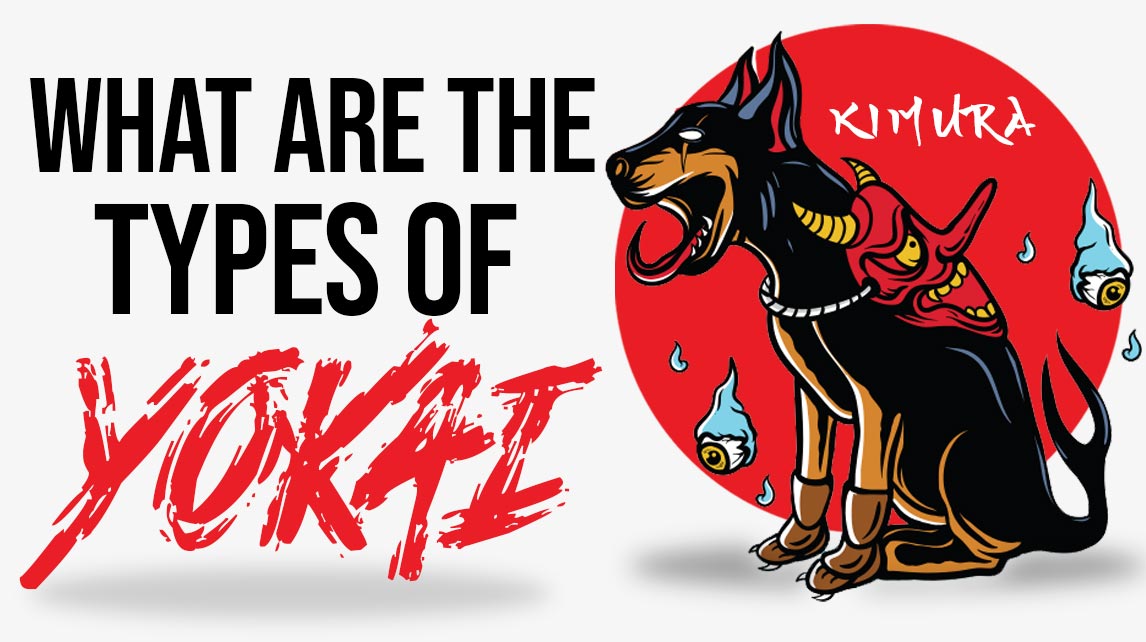
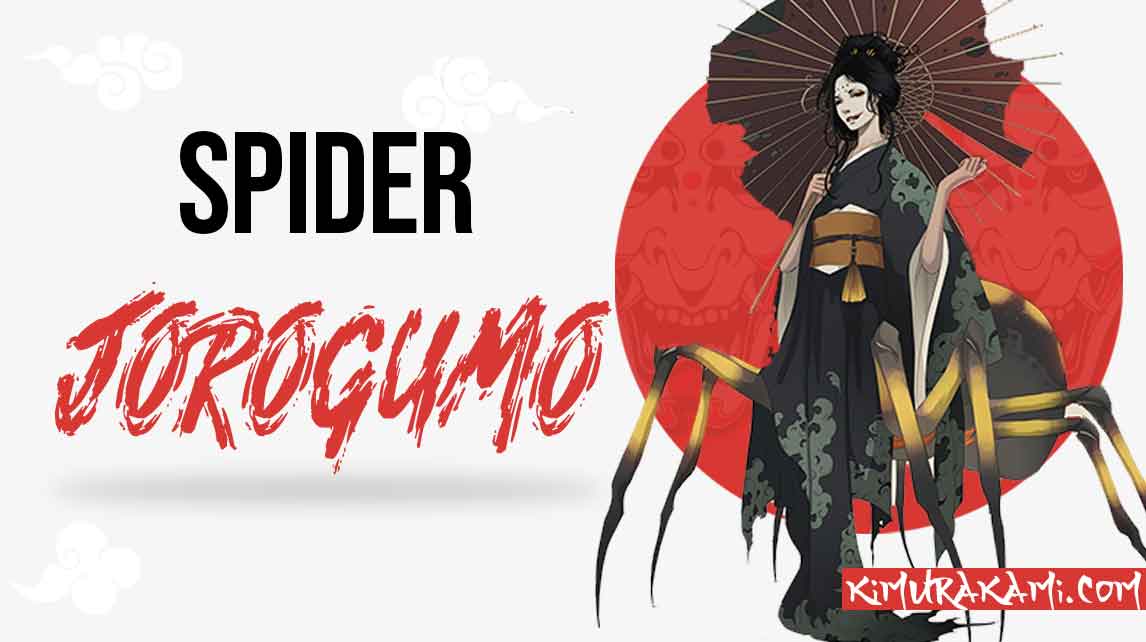
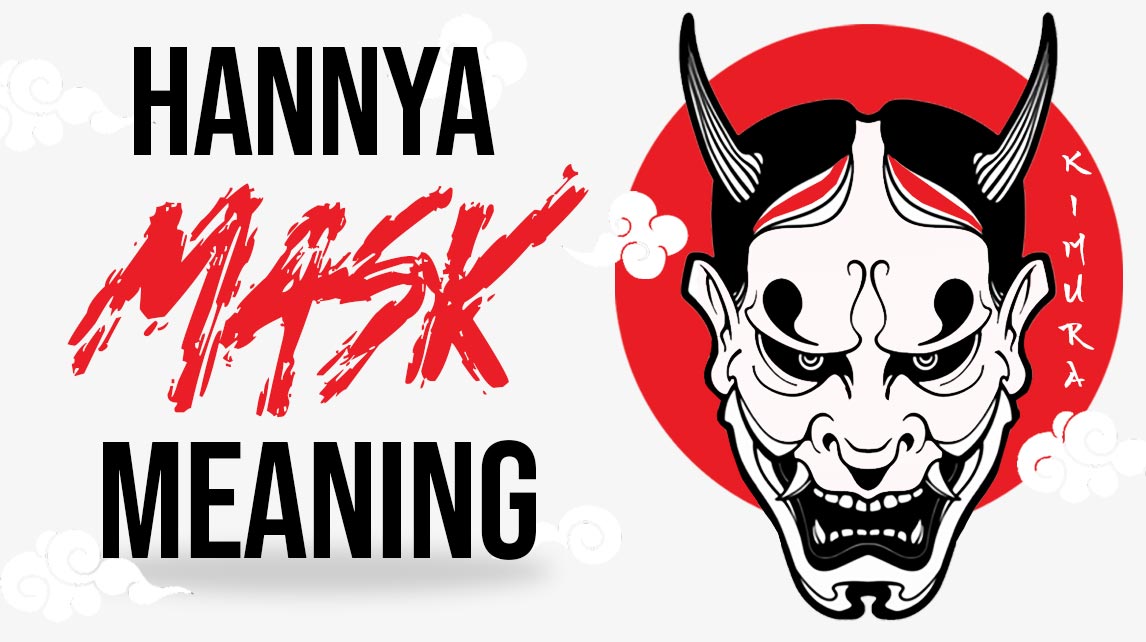
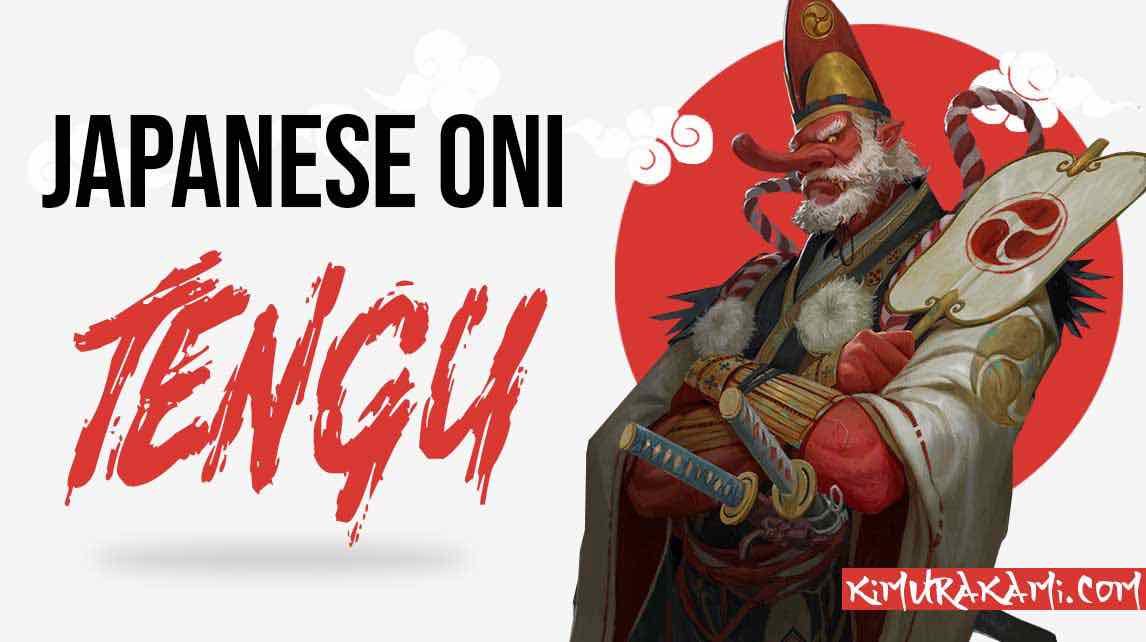
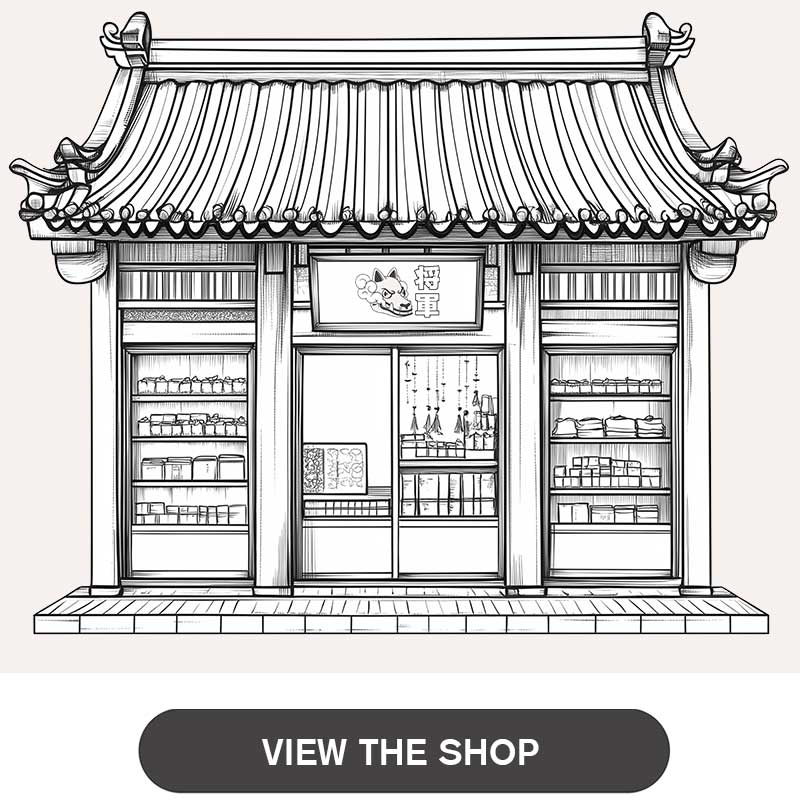
Leave a comment